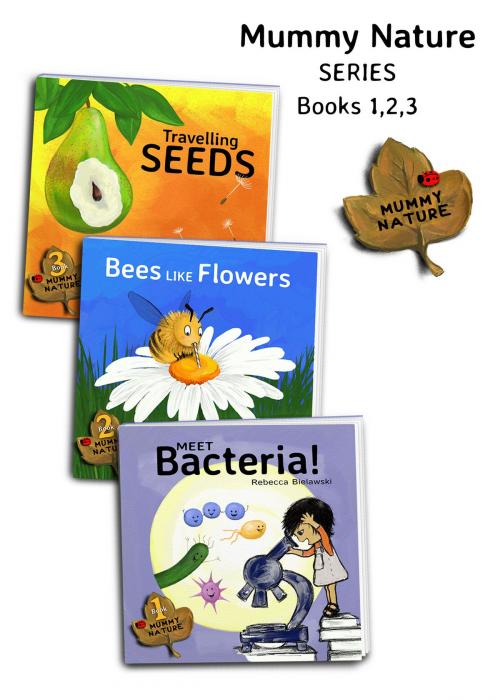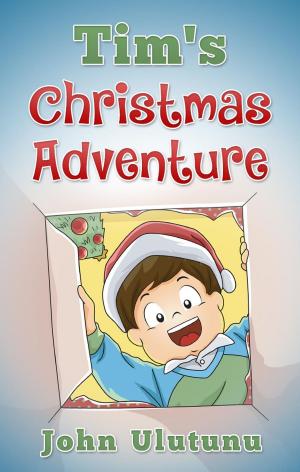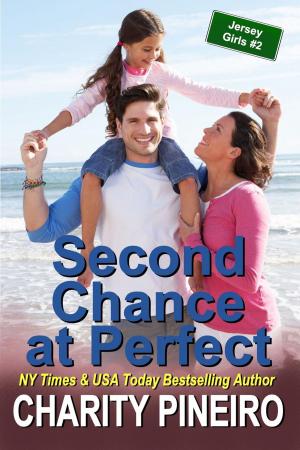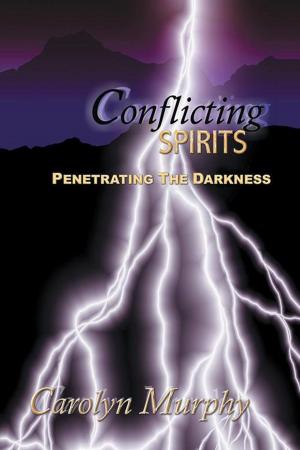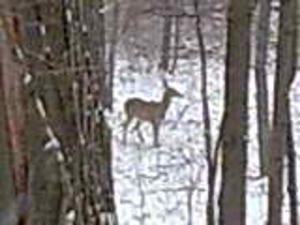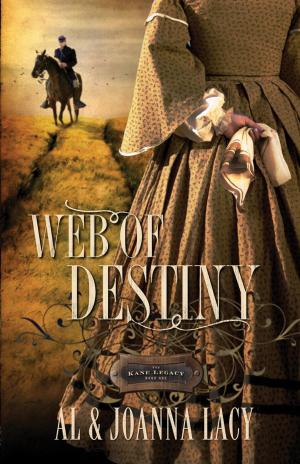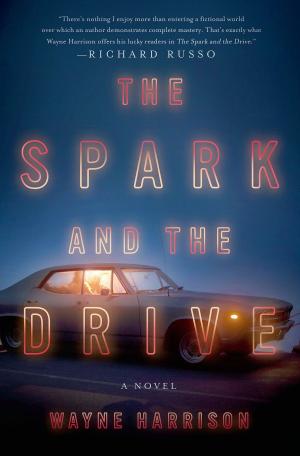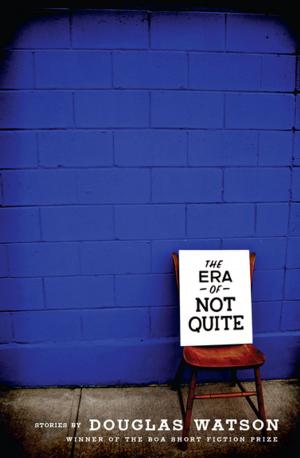| Author: | Rebecca Bielawski | ISBN: | 9781310717161 |
| Publisher: | Rebecca Bielawski | Publication: | May 5, 2016 |
| Imprint: | Smashwords Edition | Language: | English |
| Author: | Rebecca Bielawski |
| ISBN: | 9781310717161 |
| Publisher: | Rebecca Bielawski |
| Publication: | May 5, 2016 |
| Imprint: | Smashwords Edition |
| Language: | English |
MUMMY NATURE series – nurturing children's curiosity.
Book 1 - Meet Bacteria!
Book 2 - Bees Like Flowers.
Book 3 - Travelling Seeds.
LEVEL: Preschool - 6yrs.
An ideal resource for the home or classroom. Each book in the series is one mini nature lesson wrapped up in colour and rhyme. These books are intended for very young children including toddlers and will give them just a glimpse into some of the wonders of the natural world. Illustrated for maximum vibrancy and visual impact, using rhyme to engage young minds and encourage participation. Read the rhymes to your children and soon they will be reading them to you!
The narrator is a small child and keen observer who tells us in short rhyming phrases everything she thinks we should know, and all about the magical things she sees around her. Sometimes she is camouflaged in the long grass and other times she has to climb a tree to get a better look.
1. MEET BACTERIA!
Peek through the microscope and down into a fantastic world of teeny tiny shapes, amazing colours and little friends who want to say – Hello. Who are these bacteria? Where do they live and what do they do all day? Meet Bacteria! is for little kids brimming with curiosity. It gives them their first basic notions of bacteria; a very interesting topic for children, seldom dealt with in children's books at this level.
What we can learn:
The idea of the microscope.
Why we should wash our hands.
Basic bacteria shapes.
Some bacteria habitat.
New words: Bacteria, Microscope, Rod, Chain, Bunch, Multiply.
Words: 253.
2. BEES LIKE FLOWERS.
Watch our happy, helpful friend the Honey Bee, always so busy and buzzy and find out why bees and flowers are such good friends. Illustrations using vivid colours include many real flower species which children may recognise from their garden or have seen growing in the wild, 3 of them are named at the end of the book too. The narrator shows us what these fascinating bugs have been getting up to in her garden.
What we can learn:
Simple ideas about the life of a bee.
Bees are insects.
Some common flowers: Daisy, Poppy, Sunflower.
New words: Insect, Pollen, Nectar, Hive, Honeycomb, Blossoms.
Words: 262.
3. TRAVELLING SEEDS.
Discover how seeds travel from place to place. Our narrator excitedly tells us how she saw a pear fall from a tree in the meadow and how a cow came along and ate it. Then the seed began a journey. Where would the seed end up? Would it grow into a big tree with pears of its own?
Using the pear and cow example we can stimulate more questions about seed dispersal and, like all the books in MUMMY NATURE series, Travelling Seeds can be used as a jumping off point for discussion of other topics such as seed germination, plant parts or how plants animals and people interact in nature. On the last page we can see more examples of ways that seeds can be spread.
What we can learn:
How seeds of fruit can be spread when eaten by animals or people.
Other ways that seeds can be spread: by wind, by water, by sticking to travelling creatures.
Simple ideas about germination.
The cycle of: seed > plant > flower > fruit > seed.
A cow stomach has 4 parts.
new words: Germination, sprout, roots, seedling.
Words: 283
MUMMY NATURE series – nurturing children's curiosity.
Book 1 - Meet Bacteria!
Book 2 - Bees Like Flowers.
Book 3 - Travelling Seeds.
LEVEL: Preschool - 6yrs.
An ideal resource for the home or classroom. Each book in the series is one mini nature lesson wrapped up in colour and rhyme. These books are intended for very young children including toddlers and will give them just a glimpse into some of the wonders of the natural world. Illustrated for maximum vibrancy and visual impact, using rhyme to engage young minds and encourage participation. Read the rhymes to your children and soon they will be reading them to you!
The narrator is a small child and keen observer who tells us in short rhyming phrases everything she thinks we should know, and all about the magical things she sees around her. Sometimes she is camouflaged in the long grass and other times she has to climb a tree to get a better look.
1. MEET BACTERIA!
Peek through the microscope and down into a fantastic world of teeny tiny shapes, amazing colours and little friends who want to say – Hello. Who are these bacteria? Where do they live and what do they do all day? Meet Bacteria! is for little kids brimming with curiosity. It gives them their first basic notions of bacteria; a very interesting topic for children, seldom dealt with in children's books at this level.
What we can learn:
The idea of the microscope.
Why we should wash our hands.
Basic bacteria shapes.
Some bacteria habitat.
New words: Bacteria, Microscope, Rod, Chain, Bunch, Multiply.
Words: 253.
2. BEES LIKE FLOWERS.
Watch our happy, helpful friend the Honey Bee, always so busy and buzzy and find out why bees and flowers are such good friends. Illustrations using vivid colours include many real flower species which children may recognise from their garden or have seen growing in the wild, 3 of them are named at the end of the book too. The narrator shows us what these fascinating bugs have been getting up to in her garden.
What we can learn:
Simple ideas about the life of a bee.
Bees are insects.
Some common flowers: Daisy, Poppy, Sunflower.
New words: Insect, Pollen, Nectar, Hive, Honeycomb, Blossoms.
Words: 262.
3. TRAVELLING SEEDS.
Discover how seeds travel from place to place. Our narrator excitedly tells us how she saw a pear fall from a tree in the meadow and how a cow came along and ate it. Then the seed began a journey. Where would the seed end up? Would it grow into a big tree with pears of its own?
Using the pear and cow example we can stimulate more questions about seed dispersal and, like all the books in MUMMY NATURE series, Travelling Seeds can be used as a jumping off point for discussion of other topics such as seed germination, plant parts or how plants animals and people interact in nature. On the last page we can see more examples of ways that seeds can be spread.
What we can learn:
How seeds of fruit can be spread when eaten by animals or people.
Other ways that seeds can be spread: by wind, by water, by sticking to travelling creatures.
Simple ideas about germination.
The cycle of: seed > plant > flower > fruit > seed.
A cow stomach has 4 parts.
new words: Germination, sprout, roots, seedling.
Words: 283
